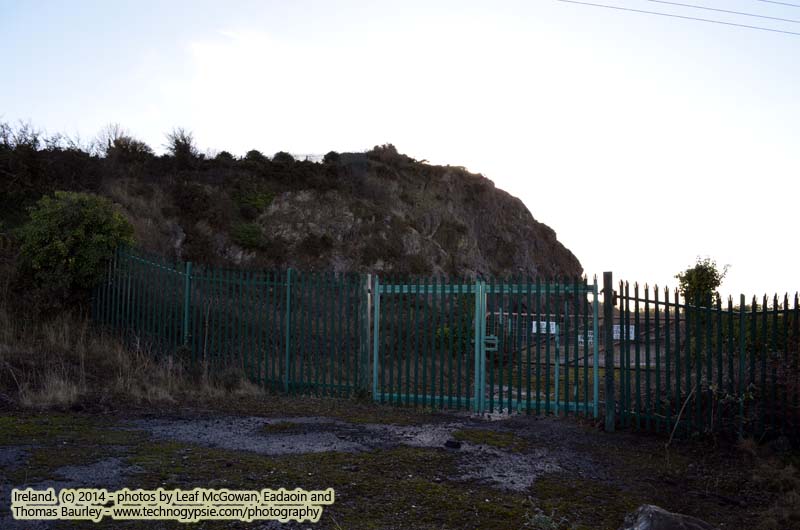
Feltrim Hill Quarry and Well
(by roadstone retail center) Fingal, Ireland
There once was a historic village named Feltrim at the base of the ancient monumental hill known as Feltrim Hill. Here there was also a sacred spring turned holy well that once held legends and lore of its own. These all no longer exist as half of the hill is gone, quarrying destroying much of its heritage.
This was the stomping grounds of King James, the Earl of Desmond, A hill that Samuel Beckett climbed and wrote of its beauty, and St. Werburgh, the Saxon princess who ruled these parts in 689 C.E. It was here that there was a well dedicated to her. A hill of limestone that most likely was a passage grave, it was chiseled away since the 1880s.
A historic limekiln still stands. Remnants of the Feltrim windmill exist. But that is all that exists of ancient Feltrim. At the base of the hill once stood a line of 14 beech trees guiding pilgrims to the holy well to attend mass. The quarry grounds are fenced in and access to spots where the well is believed to exist are not available. While the well is believed to have been destroyed, the water source still appears on aerial maps. Another well dedicated to St. Werburgh is located down the road.
One of the more popular families settling Fingal and Feltrim was the Fagans. The Fagans had dwelt atop Feltrim hill. Also here was the chapel of Kinsaly. The Feltrim windmill also sits atop the hill. It was here that the Earl of Desmond, during the reign of Elizabeth, had been permitted to be transferred from Dublin castle so he could get some well-needed country air, in the custody of Christopher Fagan.
Because of this kindness, the Earl took advantage of a custodial walk with Christopher to enact his escape to Munster allowing him to begin the infamous rebellion and met his demise being murdered by some of his own followers. The Fagans also housed James the Second during his flight from the Boyne.
In 1947 an archaeological excavation was conducted atop Feltrim Hill uncovering over 500 artifacts including Roman coins, tinned bronze mount (4th century C.E.).
Feltrim Castle
Was built in 1429 and was known as the “Ten Pound Castle” is the residence of the Fagan family. It measured approximately 38 feet in diameter. It was from this castle where Gerald, the Earl of Desmond, in 1574 was permitted to escape while under the custody of Christopher Fagan. In 1690, King James fled from the Battle of the Boyne and stayed with Richard Fagan in this castle. During the 1700s the Fagan family experienced an eclipse and the Castle was demolished by the mid-18th century. The Well still stood.
Fagan’s Well and the old Hag
The well is believed to still stand here at Feltrim Hill, and various accounts state it being either in really good preservation or poor preservation. It is not publically accessible and is securely fenced within the private domain of Feltrim Quarry. It can however been seen still active within aerial photographs. Away from the Hill is also the Well of St. Werburgh, Crow’s Castle, and the Hanging Tree where executions took place during Penal times. A good amount of ghost stories and lore surround the well and hanging tree with accounts of ghostly apparitions appearing near them evenings. Stories can be found about the grey ghostly horse that rides to the top of Feltrim Hill, the big black dog with blazing eyes, and the old hag carrying her bundle of faggots always in direction of the Holy Well.
The Windmill
Atop Feltrim Hill is still the remains of the picturesque windmill most famous piece of history in the area. This tower windmill was built in 1668 by Dutch craftsmen with the finest of bricks from Holland. It was originally a woolen mill, transforming to a corn mill in the 1700s. Around 1800 it was used as a semaphore mill transmitting messages from Dublin to the next hill tower all the way to Belfast. By 1839 the sails of the windmill blew off. In 1973 the Mill stood next to the windmill as a local landmark until it was torn down that same year on October 23 and demolished. It was one of the most upsetting historic tragedies in Fingal’s history. All that remains is part of its interior.
References:
- D’Alton, John unknown “The History of the Drogheda: With Its Environs, and an Introductory Memoir of the Dublin and Drogheda Railway”
- Feltrim & Kinsealy Historical Society undated History Community Organization Facebook page.
- Fitzsimons, Fiona 2014 “The Irish Family History of Princess Charlene of Monaco” – Irish Lives Remembered Geneology Magazine, Nov/Dec 2014.
- GSI Ireland 2011 “Feltrim Quarry”. Website referenced 12/23/15 at https://www.gsi.ie/NR/rdonlyres/F0B39F8F-46BB-4E64-8C2C-5E3F313335D7/0/DF005_Feltrim_Quarry.pdf
- Greater Dublin 2011 Greater Dublin Drainage Geological Constraints, Figure 4. Website referenced 12/23/15 at http://www.greaterdublindrainage.com/wp-content/uploads/2011/10/Figure4_4_GeologicalConstraints.pdf
- Independent undated “Feltrim Hill A Place of Peace and Intrigue and Great Tradition”. Website referenced 12/23/15 at http://www.independent.ie/regionals/fingalindependent/news/feltrim-hill-a-place-of-peace-intrigue-and-great-tradition-27769581.html
- Malahide Historical Society 2015 “Illustrated Guide to Historical Malahide – Part II”. 31 Aug 2015.
- Murphy, Hubert 2005 “Feltrim Hill – A Place of Peace, Intrigue, and Great Tradition” – Independent.ie. Independent House, Dublin 07 Jan 2005.
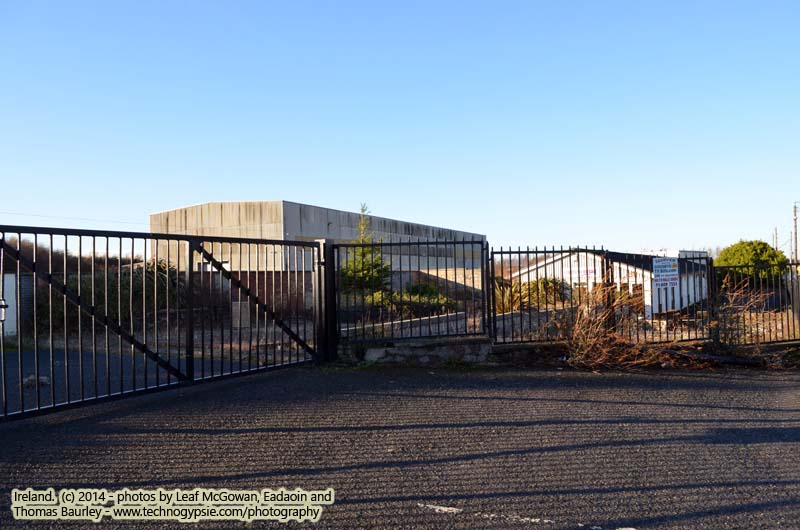
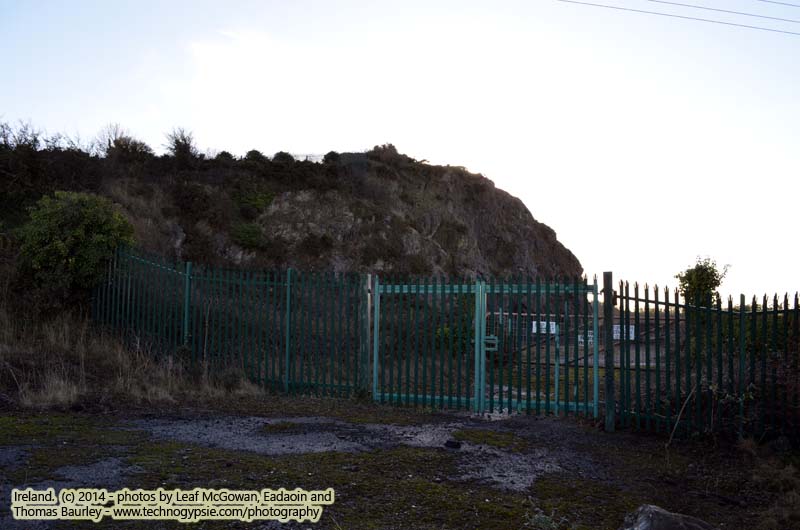
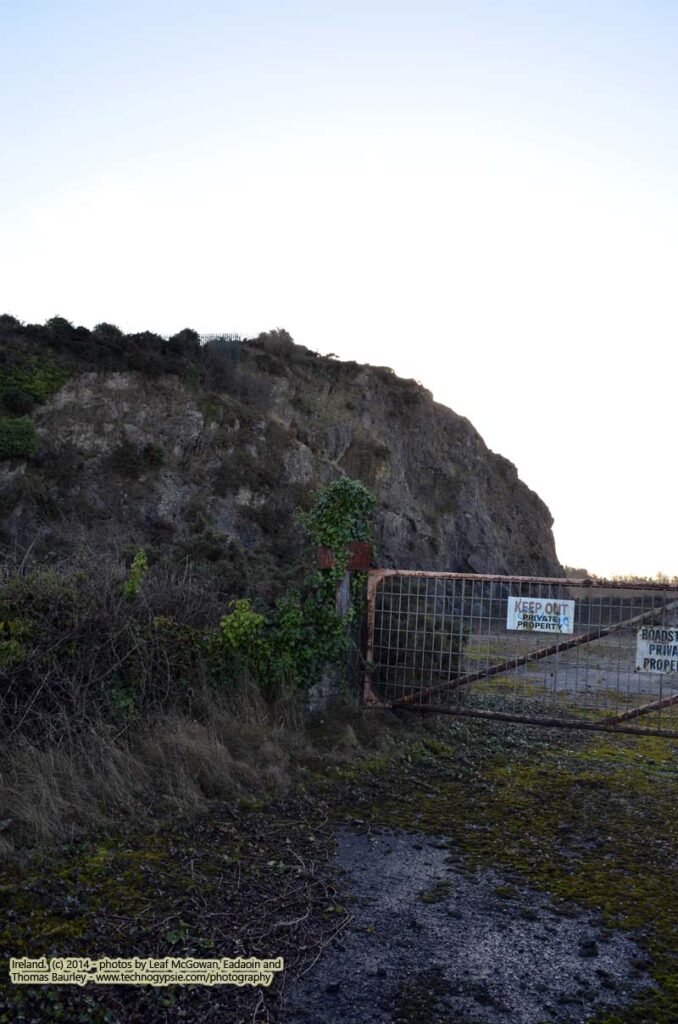
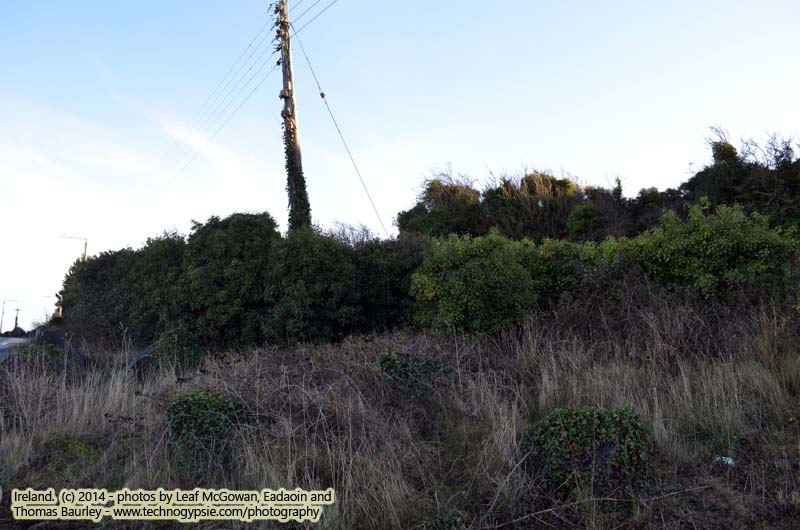
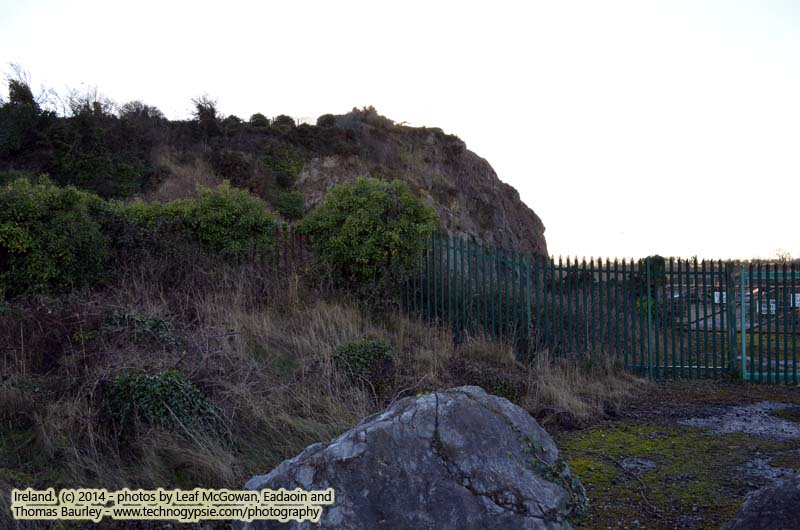
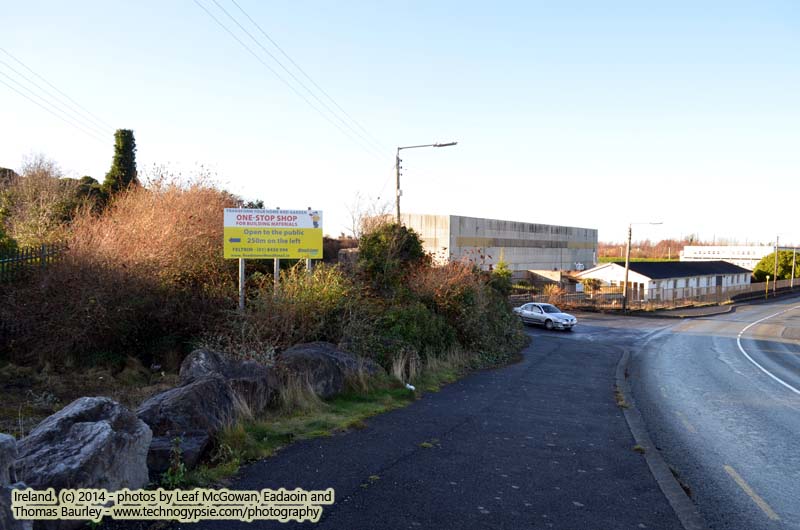
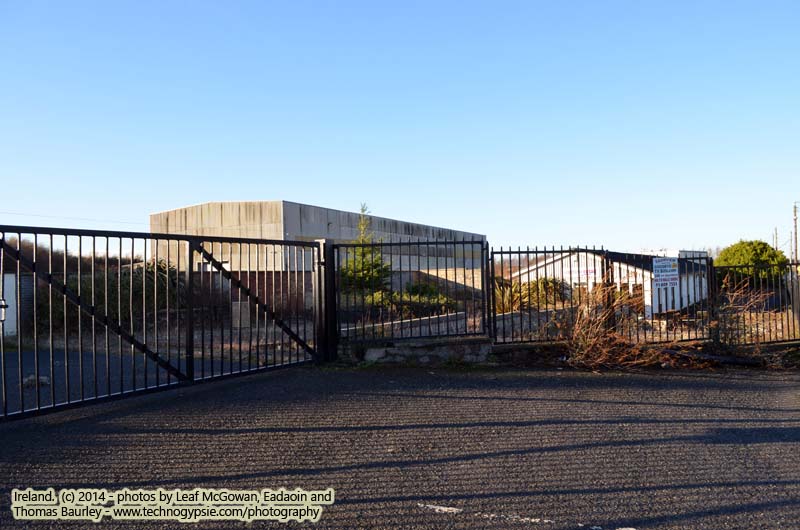
Discover more from The Naiads Well
Subscribe to get the latest posts sent to your email.
